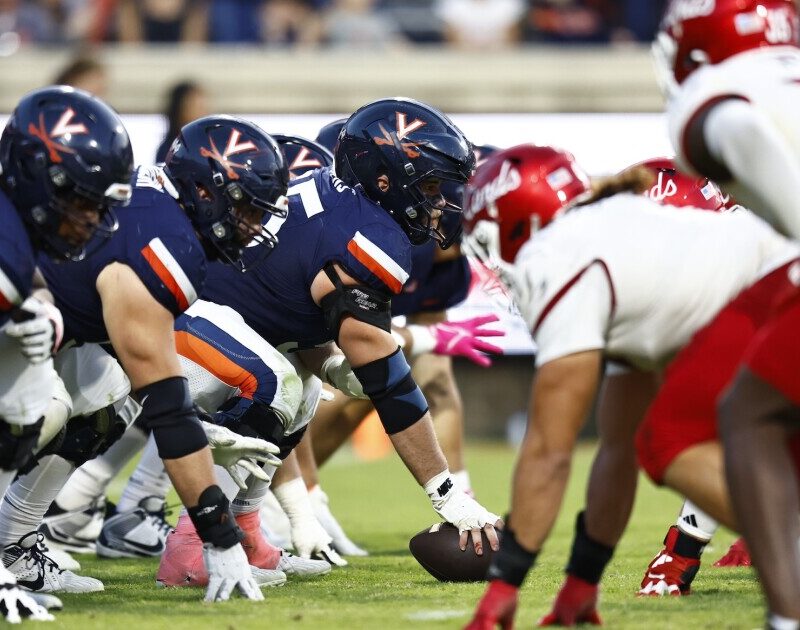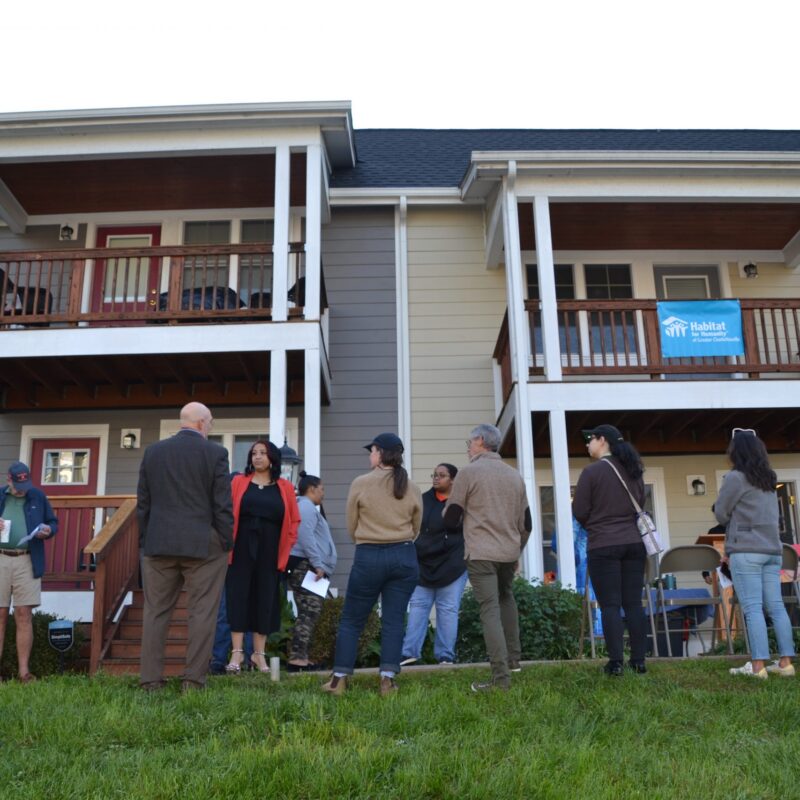| More features:
Advance America’s pocketbook Caught! Know the score Leading the lending fight Q: Why go to a payday lender? |
While $15 for every $100 might not seem terrible to some, when you convert that into annual interest rates for a 14-day loan, it becomes a staggering 391 percent. Thomasine Wilson took out payday loans for a month at a time, which means that her annual interest rate varied between 177 percent and 196 percent, depending on how many days were in the month.
The new legislation passed by the General Assembly this session caps the annual interest rate at 36 percent—but it also adds a loan fee of up to 20 percent of the principal and a verification fee of $5 to compensate lenders for accessing a new database. Assuming Governor Tim Kaine leaves the legislation unaltered, it will go into effect January 2009.
What was a relatively straightforward lending process is now much more complicated—and much more expensive for borrowers. One thing that does limit the interest rates, however, is that payday loans now must be for a term at least two times the borrower’s pay cycle, which means that most will be for about a month.
If Wilson were to borrow again next year, interest rates of around 180 percent would shoot up to 296 percent for a $300 loan due in a month.
Interest rate comparison for a monthly loan
| Current law | New Legislation | |||
| Principal borrowed | Cost to borrower | Annual interest rate | Cost to borrower | Annual interest rate |
| $100 | $15 | 180% | $28 | 336% |
| $200 | $30 | 180% | $51 | 306% |
| $300 | $45 | 180% | $74 | 296% |
| $400 | $60 | 180% | $97 | 291% |
| $500 | $75 | 180% | $120 | 288% |





